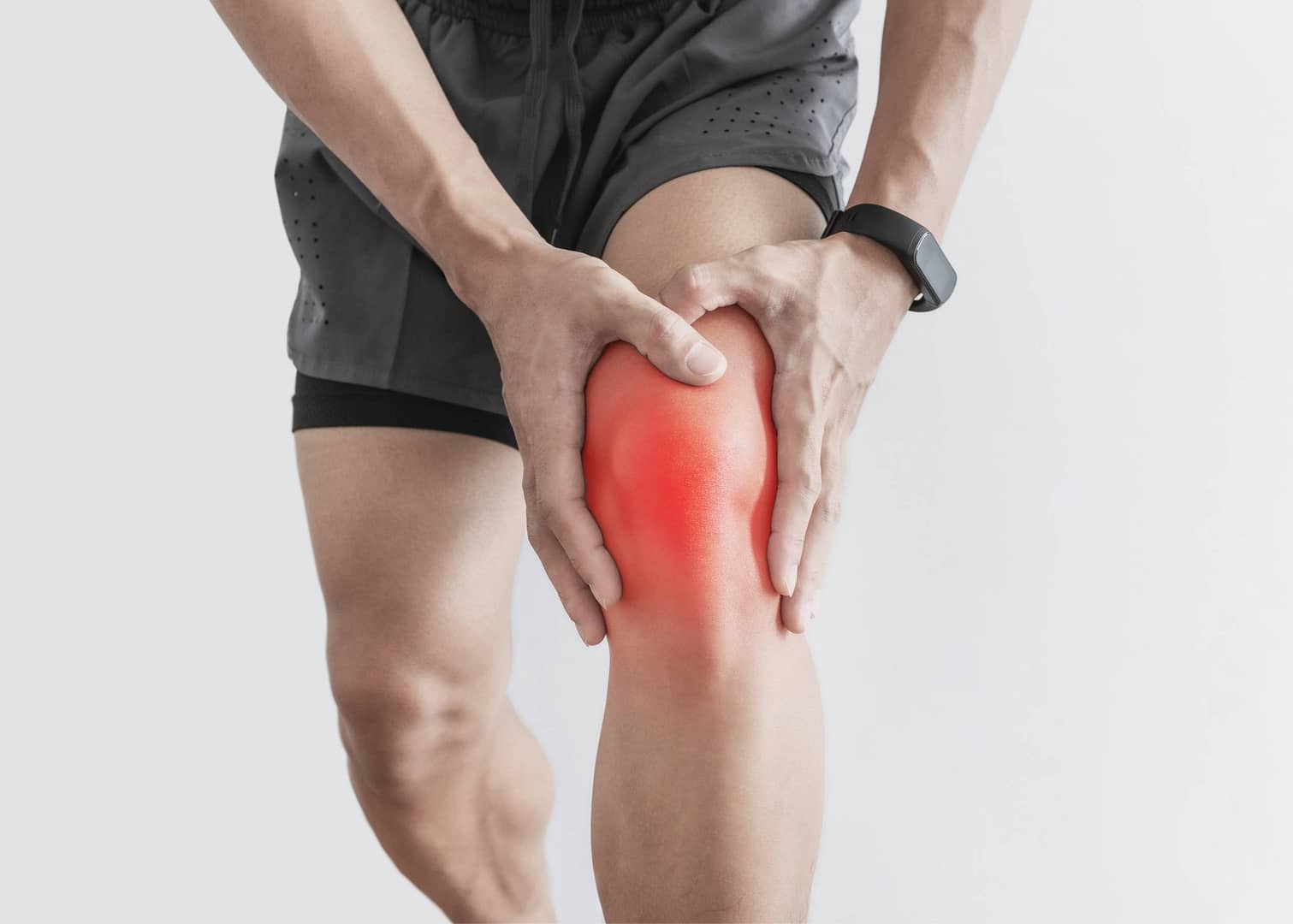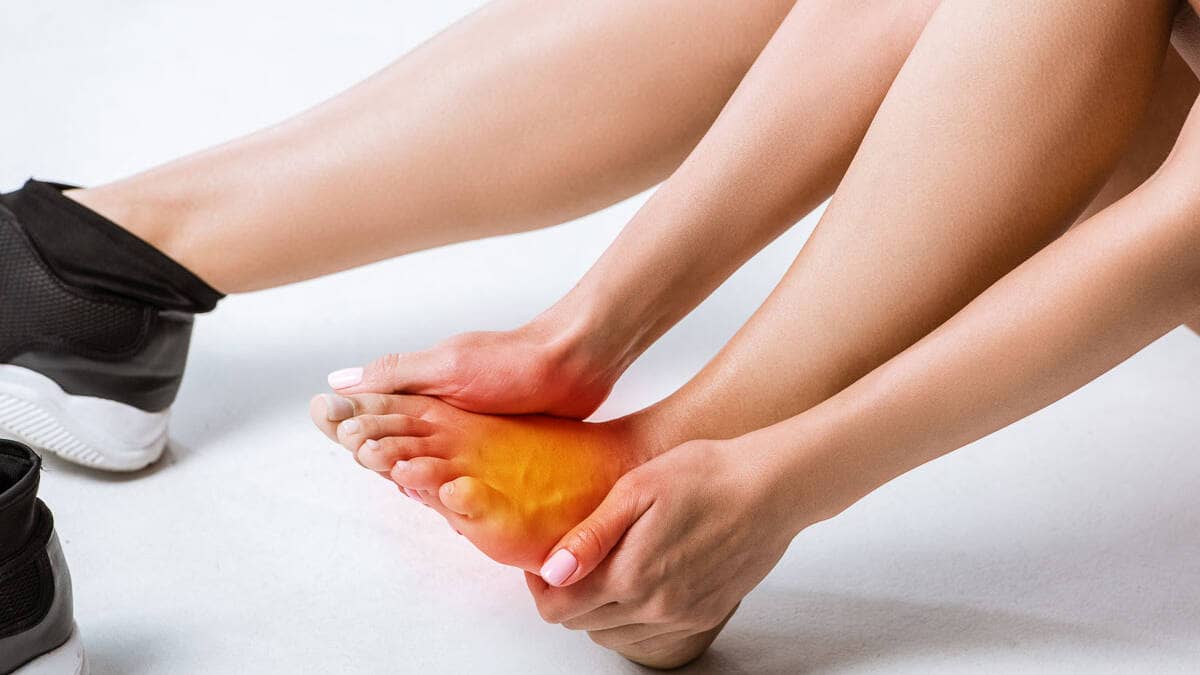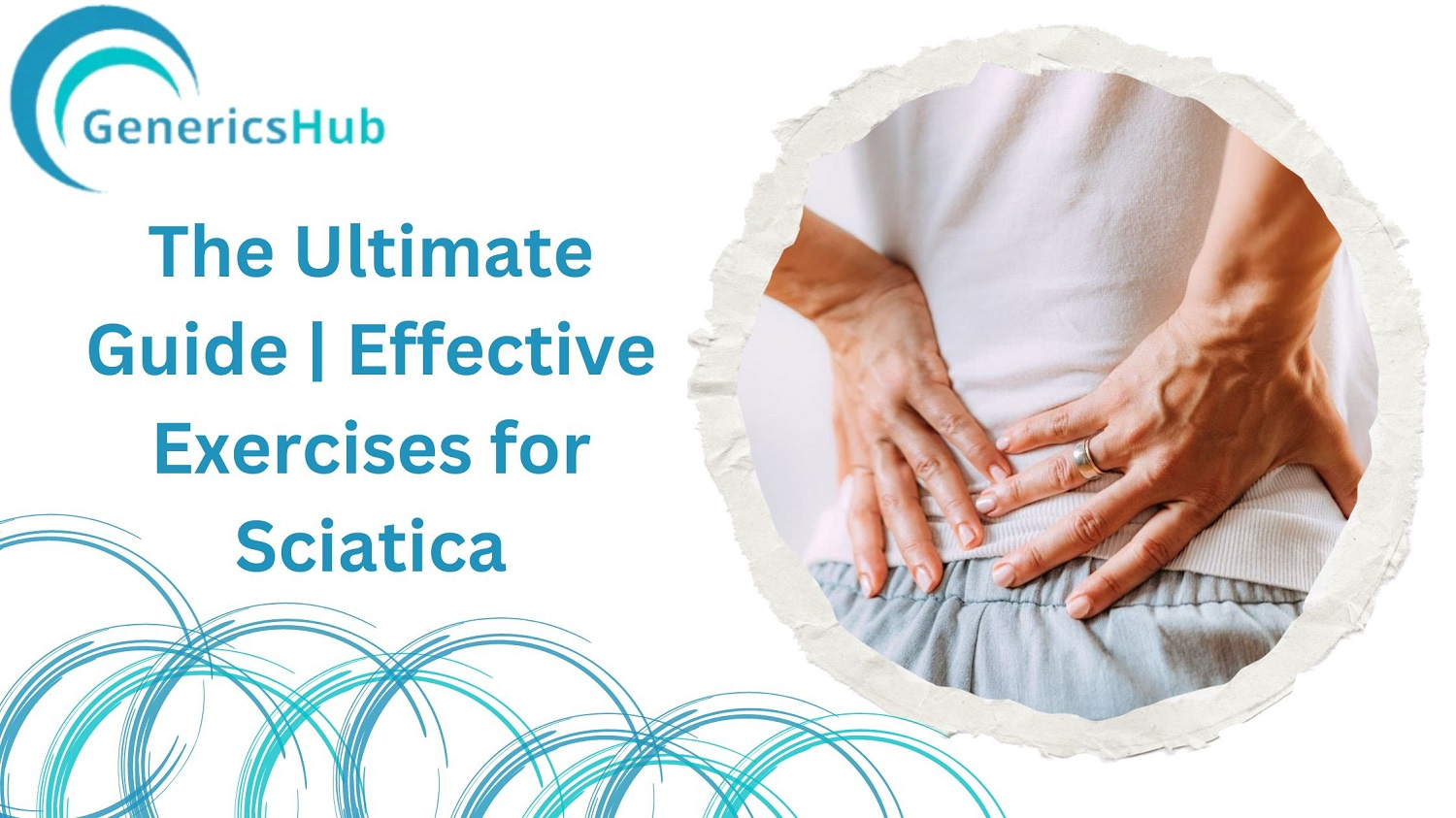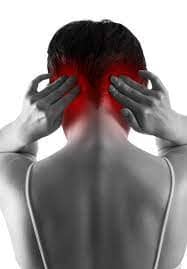Introduction
When it comes to stiffness and pain, the back of the knee may be particularly difficult. Understanding the symptoms, causes, and treatment choices is critical for controlling and relieving the pain. In this extensive tutorial, we dive into the complexities of back discomfort in the knee, giving helpful insights that go beyond the surface.
Symptoms
Pain in the back of the knee is often accompanied by a variety of symptoms that vary in severity and duration. Individuals may experience:
1. Sharp Pain.
A sharp, stabbing pain is a frequent symptom, which may be worsened by movement or pressure on the afflicted region.
2. Swelling.
Inflammation and swelling at the back of the knee are common signs of an underlying problem, which may lead to a particular ailment.
3. Limited Range of Motion.
Those who are in discomfort may feel a decreased ability to completely extend or bend the knee, limiting their range of motion.
It seems like you’re mentioning Pain O Soma 500 mg which appears to be a medication. Pain O Soma contains the active ingredient carisoprodol, which is a muscle relaxant. It’s typically prescribed to help relieve muscle pain and discomfort.
Causes
Understanding the reasons of pain in the back of the knee is critical for successful therapy. There are many variables that contribute to this discomfort:
1. Muscle Strain.
Overexertion or rapid movements may cause muscular tension, resulting in discomfort at the back of the knee.
2. Ligament injuries.
Ligament injuries may be caused by trauma or rapid twisting movements, causing to ongoing pain.
3. Arthritis
Degenerative joint disorders, such as osteoarthritis and rheumatoid arthritis, may cause discomfort in the back of the knee.
4. Baker’s cyst.
Baker’s cyst, which is an accumulation of synovial fluid, may cause swelling and discomfort in the posterior of the knee.
It seems like you’re referring to a medication called Pain O Soma 350 mg Pain O Soma is a brand name for a muscle relaxant called carisoprodol. It is commonly used to relieve muscle pain and discomfort associated with injuries or musculoskeletal conditions. The recommended dosage and usage should be determined by a healthcare professional, and it’s essential to follow their advice for safe and effective use.
Treatment Options:
To effectively treat pain in the back of the knee, a personalized strategy based on the underlying reason is necessary. Here are many therapy alternatives to consider:
1. R.I.C.E Method.
Rest, ice, compression, and elevation are the cornerstones of early therapy, especially for injuries and strains.
2. Physical therapy.
Customized workouts and stretches may help strengthen the muscles surrounding the knee, aiding rehabilitation and avoiding future problems.
3. Medications
discomfort relievers and anti-inflammatory drugs may be provided to alleviate discomfort and swelling.
4. Invasive Procedures.
In extreme circumstances, surgical procedures may be required to treat concerns such as torn ligaments or cysts.
Preventive Measures
It is always better to prevent than to cure. Certain habits may considerably lower the probability of having discomfort in the back of the knee.
1. Proper Warm-Up
Before beginning any physical exercises, be sure to warm up thoroughly to prepare your muscles and joints.
2. Maintain a healthy weight.
Excess weight puts pressure on the knee joints, therefore weight control is essential for general joint health.
3. Wear supportive footwear.
Investing in good footwear gives enough support and alignment, lowering the likelihood of knee problems.
Conclusion
Finally, knowing the symptoms, causes, and treatment choices for back of knee discomfort allows people to make more educated health decisions. A proactive approach, whether via preventative measures or seeking appropriate therapy, is critical to controlling and reducing pain in this delicate region.




